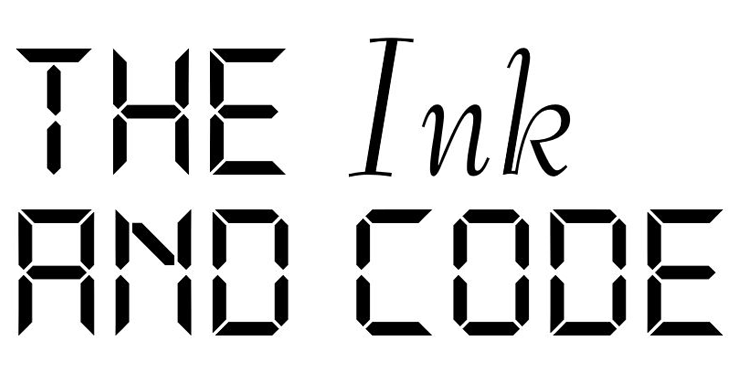The first live-action team-up of DC Comics icons Superman, Batman, and Wonder Woman should have been a game-changer in the comic book movie genre. Instead, Batman v Superman: Dawn of Justice (BvS), both a sequel to 2013’s Man of Steeland the stepping stone to ambitious slate of upcoming films from Warner Bros., was met with savage reviews (27% Fresh on Rotten Tomatoes) and underwhelming box office numbers. $872 million worldwide is hardly a failure but given the production and marketing costs, anything less than a billion dollars would be seen as a disappointment. In the United States alone, it couldn’t outperform Fox’s Deadpool, which was an R-rated superhero equivalent of an episode of Family Guy. What went wrong?
Director Zack Snyder was the obvious target to take all the blame. I’ve never been a fan of his work, but I’ve never fully understood the deep hatred he’s garnered from certain groups of film watchers. His strength as a filmmaker is creating dynamic images, but his storytelling has always been severely lacking. Some of decisions he and screenwriter David Goyer made in Man of Steel resulted in an uproar among comic purists. Perhaps I didn’t feel as strongly because I found that film so middling overall. My reaction to BvS was much stronger. I left the theater angry over what I had just experienced. This anger did not have a lot to do with Snyder’s treatment of the characters. I was upset that I sat through a 2.5-hour film that was largely an incoherent mess. Scenes didn’t so much flow into each other as they smashed together. Motivations and actions were rarely clear. At times while watching BvS, I felt the way I sometimes do watching a film stoned—feeling like I’ve missed something or many things—but in this case, it was the film and not me.
When an extended, R-rated version of the film was announced for its video release, I scoffed. An additional 30 minutes of nonsense and violence had little interest to me. My initial impressions were confirmed when the film’s director of photography Larry Fong tweeted, “Those of you who are fans, will dig it. If you hated it, you’ll still hate it.” A week later Fong changed his tune with a tweet that reeked of a corporate-mandated wrist-slapping, “Watched the #UltimateEdition again; now believe EVERYONE will LOVE it. Pre-order TODAY!”
For some reason I still cannot explain, I decided to give the film another shot and watched this extended edition. Just to get it out of the way, the “R-rated” component of this version is negligible. The MPAA is rarely consistent when it comes to how they rate films and this new R-rating feels arbitrary. That said, I don’t think there’s a single thing in either version of BvS that was more extreme than the Joker’s “pencil trick” in The Dark Knight, which the MPAA considered suitable for a PG-13 audience.
So what does the extra 30 minutes entail? Coherency. Days later, I’m still surprised by how different the viewing experience was. For the most part, the movie now made sense. In case you wondered what exactly was going on in the opening desert scene and why Superman was getting blamed for it, now it’s clear. Want a better idea of how much Lex Luthor is manipulating everything and everyone? It’s all on the screen. Despite being a sequel to Man of Steel, Superman himself felt shorted in the theatrical cut of BvS. Now that’s no longer the case. The differences are significant enough that viewers can actually go along with his decisions throughout the final act of the film. Lois Lane also fairs much better. Given the opportunity to see more of her investigation, she’s no longer just a victim repeatedly in need of saving.
To be clear, this extended cut does not change the overall story, but it does successfully tell the story. Larry Fong wasn’t wrong initially saying that the haters will still hate it. It’s still a deeply cynical look at superheroes. It still opens with Jimmy Olsen being shot in the face. It still depicts a Batman dragging an unconscious Superman to the spot where he intends to kill him. It’s still bloated in its efforts to set up a half dozen other films. My view of comic heroes and Snyder’s will probably never align. I can live with that, and all the various iterations of these characters. And I can even find myself enjoying the experience of how different people put their spin on beloved icons.
During a recent press event for the upcoming Justice League film—a move to build good will lost with BvS—producer Deborah Snyder told Vulture that, “The main thing we learned, I think: People don’t like to see their heroes deconstructed.” What’s being overlooked in her statement and should be amended is that people don’t like to see their heroes deconstructed in a bad film. Had this extended version been released initially, I do not think the backlash would have been as strong. Yes, there would still be plenty of critics, myself included, but it might have stood a better chance at reaching that billion dollar mark. Audiences would have been more receptive to the chances Snyder and co. were taking had the film not been presented so sloppily. The lesson I hope the filmmakers and studio learn is to not cut corners, especially when it comes to the final edit. Coherency should be not sacrificed for a running time. You can’t hand audiences a mess of a 2.5 film and expect them to flock to it. Regardless of how you feel about Snyder, he was ambitious in his goals and his work needed room to breathe. Warner Bros. released an inferior version of the film and it cost them a few hundred millions in the box office as well as the faith many fans had in seeing Superman, Batman, and Wonder Woman together.

